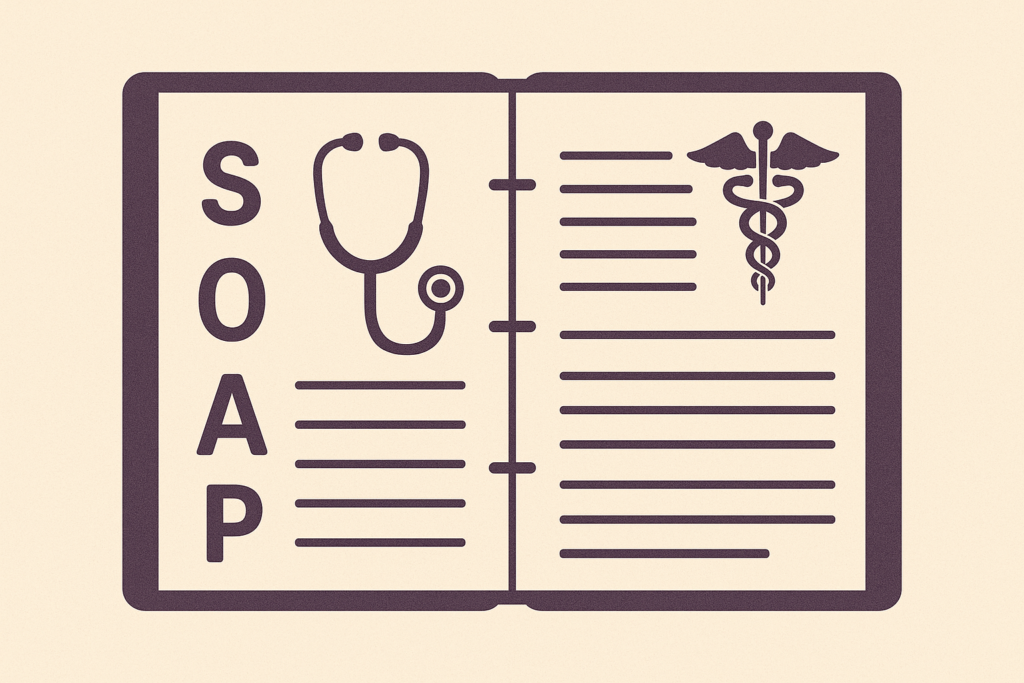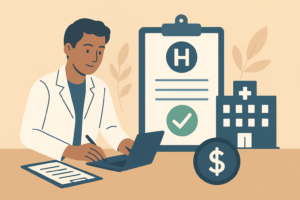In the healthcare field, fulfilling the requirements of documentation is a necessary task as it’s the only way to turn a patient’s condition into clear and comprehensive medical records. There are codes, acronyms, and checklists for just about everything. But one tool that can help both clinicians and patients is the SOAP note. It’s helpful for all medical professionals, whether they are experienced providers, medical students, or a billing specialist who is trying to make sense of clinical documentation. It ensures more accuracy in medical records and clear communication with healthcare teams. But without understanding SOAP, nothing is possible. So let’s discuss what a SOAP note is, its importance in medical records, and how to write SOAP notes.
What Are SOAP Notes?
The SOAP format is not new in the healthcare field. It has been used since the 1960s and was developed by Dr. Lawrence Weed. The idea behind SOAP notes was simple: to create a structured, repeatable, and logical way to document a patient’s medical records, and it really worked.
SOAP stands for:
- S – Subjective
- O – Objective
- A – Assessment
- P – Plan
SOAP note is not a single note; instead, it consists of 4 sections. Each section plays a specific role in telling the story of the patient’s visit, from what they’re feeling to what the provider plans to do about it.
S Is for Subjective: The Patient’s Story
When a patient visits a healthcare provider, the first thing the patient shares with the healthcare provider is their words, feelings, and experiences. The subjective section is all about the patient’s personal narrative. What are they complaining about? What brought them in today? How long has it been going on? What makes it better or worse?. This section is not measured or tested; it’s all about what patients say and makes things clear for the Assessment and Plan section. This is helpful as this information gives healthcare providers the context and clues that they may not get through a lab result or X-ray.
What to include in the Subjective section:
Chief Complaint (CC):
The CC is just like the title of a page that healthcare providers read and get the idea of the whole documentation. But a patient can describe more than one CC if one is not clear. It’s short and to the point. The main purpose is to identify the main problems for effective diagnosis. For example: “My head’s been killing me since yesterday.” or “I’ve had this weird chest tightness on and off for a few days.”
History of Present Illness (HPI):
The HPI consists of one line, just like a first heading including information like age, sex and reason for the visit of a patient. It gives traders details about when, where, how, and what of the issue like when it started, how it felt, and any patterns. It contains:
- Onset – When did the symptoms start?
- Location – Where is the pain or issue?
- Duration – How long has it been going on?
- Character – What does it feel like? Sharp, dull, throbbing?
- Aggravating/Relieving factors – What makes it better or worse?
- Timing – Is it constant? Does it come and go?
- Severity – On a scale of 1 to 10, how bad is it?
For example, the headache started yesterday morning, it’s mostly behind my eyes and feels like a pounding sensation, and it gets worse when I look at bright lights. I took ibuprofen, which helped a little.
Past Medical History:
This includes any relevant long-term conditions, prior illnesses, surgeries, or hospitalizations.
Ask about:
- Chronic illnesses like diabetes, hypertension, and asthma
- Surgical history such as tonsillectomy, appendectomy
- Major past diagnoses like cancer, seizures, and a heart attack
It is important to know this history as something in their past might be affecting their current complaint or how you treat it.
For example, a patient has a history of migraines and was diagnosed with hypertension two years ago. No previous hospitalizations.
Medications:
List everything the patient is currently taking. That includes:
- Prescription medications
- Over-the-counter (OTC) drugs
- Supplements, vitamins, and herbal remedies
Also, make sure to note the dosage, frequency, and how long they’ve been taking it. For example, taking lisinopril 10 mg once daily for blood pressure and ibuprofen 400 mg as needed for headaches.
Allergies:
Don’t overlook this! Allergies can provide life-saving information about medications. Don’t forget to ask:
- What are they allergic to?
- What kind of reaction do they have?
For example, being allergic to penicillin causes rash and swelling. Document NKDA (No Known Drug Allergies) if they don’t have any.
Family & Social History:
Some diseases also derive from genes. So this information gives you context about the patient’s life and genetic background. It’s often overlooked but can be very helpful, especially for chronic or recurring issues.
Ask about any serious conditions affecting close family members such as diabetes, cancer, or heart disease. Social history includes behaviors such as smoking, drinking, using drugs, working, being married, living in a certain place, and exercising. As an example, write it as For ten years, the patient smokes one pack each day. occasional usage of alcohol. Lives with two children and a husband. No history of migraines in the family.
Review of Systems (ROS):
This is basically a final checklist where you ask about symptoms across different body systems. The purpose is just to make sure you’re not missing anything. It includes:
- General like fever, chills, weight loss
- HEENT like head, eyes, ears, nose, throat
- Respiratory including cough, shortness of breath
- Cardiovascular such as chest pain, palpitations
- GI including nausea, vomiting, diarrhea
- GU like urinary symptoms, sexual health
- Musculoskeletal including joint pain, weakness
- Neurological like dizziness, numbness
- Skin such as rashes, itching
- Psychiatric like mood changes, anxiety
You don’t have to document every system if they’re symptom-free—just mention what’s relevant or say ROS negative except as noted if you’ve done a full review. For example
ROS negative except for headache, photophobia, and fatigue.
O Is for Objective: The Facts and Figures
The Objective section is all about what you observe in the subjective section like vital signs, physical exam findings, test results—stuff that can be measured or seen. It’s not based on guesses or opinion but believes in hard data.
What goes in the Objective section:
- Vital signs – Temperature, BP, pulse, respiratory rate, SpO₂
- General appearance – Patient appears fatigued, In no acute distress
- Physical exam – Heart sounds, lung clarity, abdominal tenderness, etc.
- Lab results – Bloodwork, urinalysis, etc.
- Imaging – X-ray, MRI, CT findings
- Other diagnostics – EKG, spirometry, anything else that helps paint a picture
This section is important as this part backs up what the patient told you. For example, if someone says they’re short of breath but their pulse ox is 99% and lungs are clear then you’ve got some investigating to do.
A Is for Assessment: What’s the Diagnosis?
The Assessment section is your professional take on what’s going on. This is your diagnosis or differential diagnoses stage based on subjective and objective results. It can be specific like acute sinusitis or general, like rule out cardiac causes of chest pain.
What to include:
- Primary diagnosis – This is the main issue.
- Secondary diagnoses – Any other relevant conditions.
- Differential diagnosis – If you’re not 100% sure yet, list the possibilities.
- Progress note – Is the condition improving or not?
Try to be specific. Simple pain isn’t a diagnosis. Lumbar strain is. Also, include any relevant chronic conditions that might affect your treatment plan like diabetes or COPD.
P Is for Plan: What’s Next?
Finally, the last but important section comes. The planning stage describes any additional consultation or testing for the patient’s treatment. Are you prescribing something? Referring the patient to a specialist? Ordering more tests? Recommending follow-up in a week? This section should leave zero guesswork and also help providers in the future.
What to include in the Plan:
- Medications – New prescriptions, dosage, frequency
- Diagnostics – Labs, imaging, procedures
- Treatments – In-office interventions, wound care, etc.
- Referrals – To specialists, physical therapy, mental health, etc.
- Education – What the patient needs to know or do
- Follow-up – When and why they should return
Try to keep it clear as this part is also used in discharge instructions.
Why SOAP Notes Matter (Beyond Just Good Documentation)
They improve clinical thinking
When a patient visit is broken into Subjective, Objective, Assessment, and Plan then this standardized framework helps providers to think systematically. They can evaluate patient status and create treatment plans accordingly. Improved patient outcomes, customized treatment plans, and more precise diagnoses are the result of the SOAP notes.
They promote continuity of care
If you have ever experienced reading someone else’s disorganized notes then you’ll realize that you are watching a movie starting from the middle and it is difficult to understand. But SOAP notes make every step clear and make it easier for another provider to pick up where you left off. It saves providers from adverse events, medical mistakes, and needless duplication of services by recording important information such as drug allergies, prior medical history, and treatment plans.
They support accurate billing
Medical billing and coding rely heavily on solid documentation. If it is not in this note then it didn’t happen—no matter how great your clinical care was. SOAP notes help justify medical necessity and support the right CPT and ICD-10 codes.
They offer legal protection
If something ever goes in the wrong direction, your documentation is your best defense. SOAP notes give a clear and chronological breakdown of your clinical thought process. Whether it is about malpractice claims or other legal problems relevant to patient care, SOAP notes act as a protective legal record tool.







